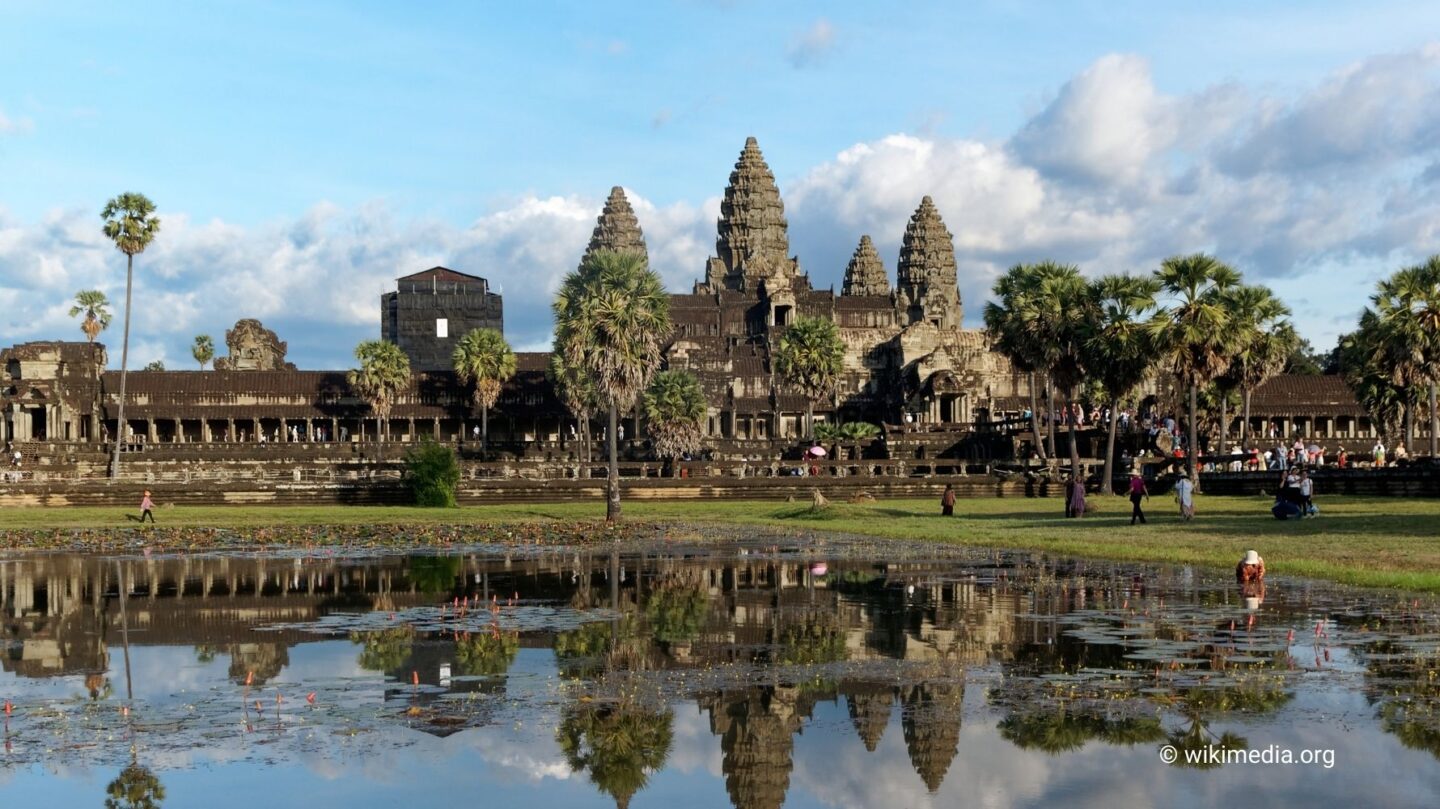Hidden Wonders of the Ancient World
Deep in the dense jungles of Southeast Asia lie some of the most fascinating and mysterious remnants of human civilization: forgotten temples that have been lost to time. These ancient structures, overgrown by roots and concealed beneath thick vegetation, are a testament to the architectural brilliance and spiritual devotion of the empires that once thrived in the region. For centuries, many of these temples remained hidden, only to be rediscovered in recent times, sparking awe and curiosity.
From Cambodia to Thailand, Myanmar to Indonesia, these forgotten temples offer a glimpse into the region’s rich cultural and religious history, blending Hindu, Buddhist, and indigenous influences.
Angkor Wat: The Jewel of Cambodia
The most famous among Southeast Asia’s temple complexes, Angkor Wat in Cambodia, was rediscovered by explorers in the 19th century. Built in the early 12th century by King Suryavarman II, Angkor Wat served as both a Hindu temple dedicated to Vishnu and, later, a Buddhist site. Although not entirely “forgotten,” parts of the Angkor region were overtaken by jungle for centuries after the decline of the Khmer Empire.
The vast complex spans over 162 hectares and is renowned for its intricate carvings, towering spires, and advanced water systems. Even today, many surrounding temples within the Angkor Archaeological Park remain largely unexplored, with ongoing efforts to uncover their secrets.
Ta Prohm: Nature’s Triumph Over Stone
Also located near Angkor Wat, Ta Prohm stands as a hauntingly beautiful symbol of nature’s reclamation. Built in the late 12th century as a Buddhist monastery, Ta Prohm was left largely untouched after its rediscovery, allowing massive tree roots to weave through its stone walls. The resulting scene of temples intertwined with jungle creates a surreal atmosphere, as if time itself paused.
Ta Prohm’s overgrown ruins have become iconic, drawing visitors fascinated by the balance between human craftsmanship and nature’s persistence.
The Temples of Bagan: Myanmar’s Sacred Landscape
Nestled in central Myanmar, the plains of Bagan are home to over 2,000 temples and pagodas, remnants of a city that flourished between the 9th and 13th centuries. Once the heart of the Pagan Kingdom, Bagan was a major center of Buddhist learning and devotion.
The temples, built with stucco and brick, stretch as far as the eye can see. Many of these structures have been weathered by time, earthquakes, and neglect, but their grandeur remains undeniable. Hidden murals, inscriptions, and statues within the temples provide insights into the region’s spiritual practices.
Prambanan: Indonesia’s Forgotten Hindu Temples
In Indonesia, the Prambanan temple complex stands as a stunning but often overlooked monument to Hinduism. Built in the 9th century by the Medang Kingdom, Prambanan is dedicated to the Hindu gods Shiva, Vishnu, and Brahma. Though earthquakes and volcanic eruptions caused parts of the complex to collapse, it has been partially restored, revealing its intricate spires and carvings.
Prambanan’s rediscovery highlights Indonesia’s historical connection to Hindu culture, which predates its later Islamic influence.
A Legacy Rediscovered
The forgotten temples of Southeast Asia are more than ruins; they are living records of history, art, and religion. Their rediscovery through modern exploration and archaeology allows us to appreciate the ingenuity of the ancient civilizations that created them.
While many of these temples remain hidden or are difficult to access, they continue to captivate explorers and travelers, offering a glimpse into a world where spirituality and architecture merged seamlessly with nature. These mystical sites remind us of humanity’s enduring quest for meaning and beauty, even in the most remote corners of the world.
